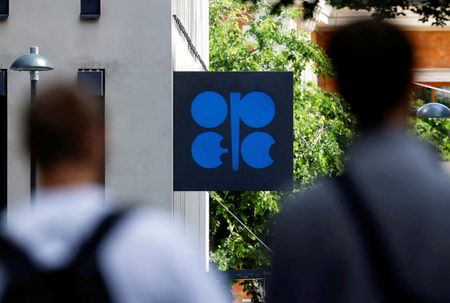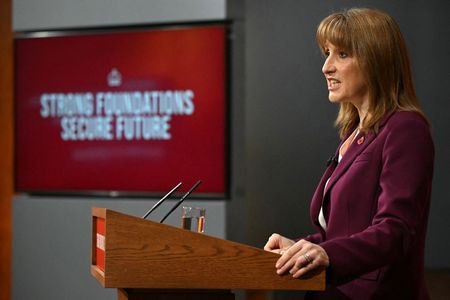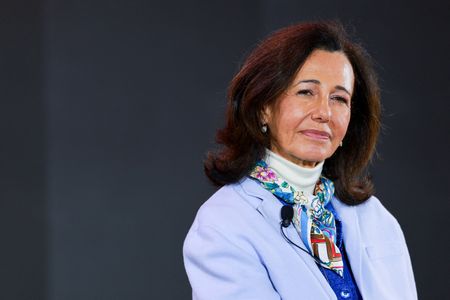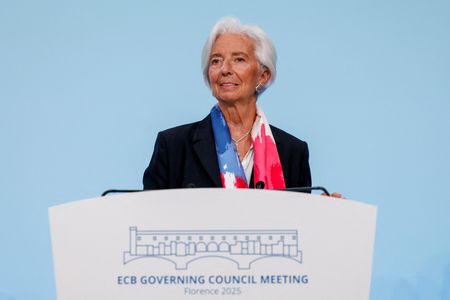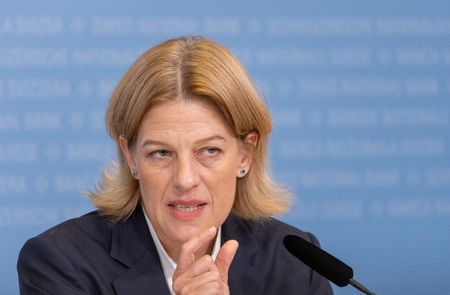By Dmitry Zhdannikov, Alex Lawler and Ahmad Ghaddar
LONDON (Reuters) -The decision by OPEC and its allies on Sunday to keep oil output targets steady in the first quarter of next year came after Russia lobbied for the pause because it would struggle to increase exports due to Western sanctions, four OPEC+ sources said.
The decision from the OPEC+ oil producing group suited Saudi Arabia because demand is typically slower in the first quarter of the year and there is rising concern in the oil market of a supply glut in 2026, two of the sources said.
OPEC+ has raised output targets by around 2.9 million barrels per day – or around 2.7% of global supply – since April in a series of monthly increases to regain market share, but slowed the pace of hikes from October amid predictions of a looming oversupply.
New Western sanctions on OPEC+ member Russia have added a layer of complexity to OPEC+ output policymaking, as tougher U.S., EU and UK measures have reduced Moscow’s ability to ramp up supply and benefit from the Saudi Arabia-led push for the group to expand market share.
At Sunday’s meeting, OPEC+ decided to pause oil output increases from January-March 2026. Russian Deputy Prime Minister Alexander Novak was the main proponent of the pause, an OPEC+ delegate and a source familiar with the talks told Reuters.
The pause gives OPEC+ more time to assess the impact of sanctions on Russian production, another delegate said.
Saudi Arabia agreed to the pause given that demand slows in the first quarter, two sources familiar with OPEC+ talks said. All sources declined to be named as they are not allowed to speak to media.
OPEC and authorities in Saudi Arabia and Russia did not immediately respond to requests for comment.
GLUT FEARS ALSO A FACTOR
Forecasters are widely predicting a supply glut next year, and other OPEC+ sources said this was a factor behind the pause.
OPEC+, in its statement issued after its meeting, cited seasonality as its reason. Oil inventories usually rise in the first quarter due to a seasonal demand slowdown.
“Concerns about a persistent oversupply are real and increasingly visible across our export markets,” another OPEC+ delegate said, adding that the outlook for the first half of next year was looking weak.
While OPEC’s own forecasts expect supply to match demand next year, the International Energy Agency expects a surplus of 4 million bpd, almost 4% of world demand. Most other analysts also expect excess supply.
“It is not uncommon for OPEC to take a cautious approach during the first quarter,” Morgan Stanley said in a note.
For example, OPEC+ in December 2024 pushed back the start of oil output rises by three months until April 2025, awaiting a pickup in demand and travel in the northern hemisphere.
Before April, OPEC+ had cut output for several years, taking as much as 5.85 million bpd off the market.
Despite the decisions to raise quotas by 2.9 million bpd, actual increases have fallen short of the headline figures as many members are already producing near maximum capacity.
“The additional barrels that will actually be added in December will be significantly smaller than the headline number because all of the producers — barring Saudi Arabia — are essentially maxed out,” RBC Capital Helima Croft said.
(Editing by Simon Webb and Susan Fenton)


